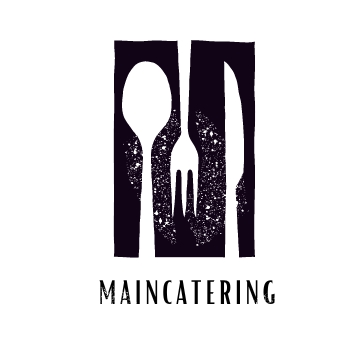The art of menu processing: a guide for restaurants
Menu processing is the comprehensive approach to designing, developing, and maintaining a restaurant's menu. It's a critical component of a restaurant's success, as it encompasses everything from selecting dishes and ingredients to pricing and presenting offerings to customers.
An effective menu is more than just a list of dishes; it's a strategic tool that can influence customer decisions, reflect the restaurant's brand, and drive profitability. A well-crafted menu balances customer preferences with operational efficiency and cost-effectiveness.
Strategies for Menu Development
Understanding the demographics, preferences, and dining habits of your target audience is essential for creating a menu that appeals to them. This involves researching market trends, analyzing competitor offerings, and gathering customer feedback.
A balanced menu offers a variety of options to cater to different tastes and dietary requirements without overwhelming the customer. It should include a mix of signature dishes, seasonal offerings, and profitable items.
Using seasonal and local ingredients can enhance the quality of your dishes, support local suppliers, and appeal to customers looking for fresh, sustainable options.
Designing Your Menu
The design of your menu should be visually appealing and easy to read. This includes choosing the right fonts, colors, and layout that align with your brand and facilitate a positive customer experience.
Compelling menu descriptions can entice customers and provide them with enough information to make informed choices. Descriptive language should highlight the uniqueness and value of each dish.
Understanding the psychology behind menu design can help you strategically place items to draw attention to high-profit dishes and influence customer choices.
Menu Pricing Strategies
Conducting a thorough cost analysis for each menu item ensures that you price dishes in a way that covers costs and achieves desired profit margins.
Various pricing techniques, such as bundle pricing, decoy pricing, and value perception, can be used to maximize profits while still offering perceived value to customers.
Menu engineering involves analyzing the profitability and popularity of menu items to make informed decisions about what to keep, modify, or remove from the menu.
Implementing Technology in Menu Processing
Menu management software can streamline the process of updating menus, tracking inventory, and analyzing sales data to make data-driven decisions.
Online menus and ordering systems cater to the growing demand for convenience and can expand your reach to a wider audience.
Feedback systems allow you to gather real-time customer feedback on menu items, which can inform future menu development and improvements.
Training Staff on Menu Knowledge
Well-trained staff are essential for conveying the value of your menu items to customers and enhancing the overall dining experience.
Staff should be knowledgeable about the menu and able to communicate the features and benefits of each item effectively to customers.
Teaching staff upselling techniques can increase average ticket sizes and boost revenue without compromising customer satisfaction.






Comments (0)